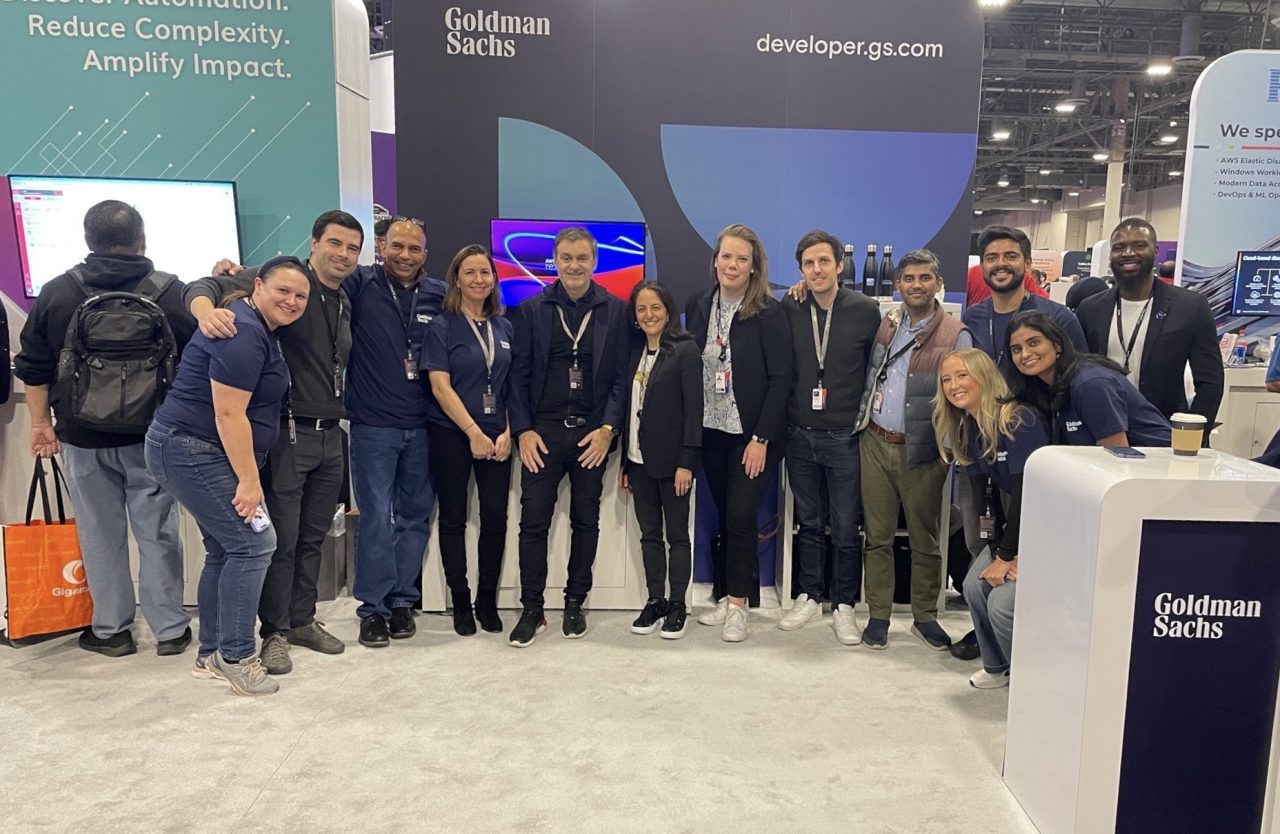The Goldman Sachs equity team asserts that consumer and tech sectors present lucrative opportunities for stock picking, both long and short-term, especially when examining dispersion.
Dispersion, a measure of the potential range of returns within a group of stocks, indicates a favorable environment for stock selection when it deviates significantly from the benchmark.
According to Kostin, from the equity team, this conducive environment has translated into robust returns for mutual funds, with 46% of large-cap mutual funds surpassing their respective benchmarks year-to-date. This outperformance rate exceeds the typical 38%.
Large-cap mutual fund managers have profited notably from their substantial underweights in AAPL and TSLA. Similarly, hedge funds, whose returns correlate with S&P 500 return dispersion, have also witnessed a strong performance at the start of the year.

Kostin also highlighted the performance of the “Magnificent 7” stocks – AAPL, AMZN, GOOG, META, MSFT, NVDA, and TSLA. While collectively returning 9% year-to-date, the dispersion of returns among these stocks has reached a 10-year high.
On one end of the spectrum, NVDA has surged by 87% year-to-date, buoyed by a strong 4Q earnings report and sustained investor optimism surrounding AI. Conversely, TSLA has experienced a significant decline of 28% amid softer electric vehicle demand, while AAPL has seen a 12% decrease following reports of weak sales in China.
Goldman Sachs has pinpointed stocks exhibiting “the most attractive combination of micro-driven returns and firm-specific risk.”
“We determine a ‘dispersion score’ for each S&P 500 stock to pinpoint the most promising stock-picking prospects moving ahead,” stated Kostin.
This score is derived from two key factors: the “proportion of trailing returns influenced by micro, company-specific factors rather than macro drivers,” and a forecast of the volatility linked to the portion of returns attributable to these micro factors.”

“Dispersion scores reflect alpha opportunity, but not in a direction,” emphasized Kostin. “Stocks with high dispersion scores are as likely to generate large alpha through underperformance as through outperformance.”
“The Consumer Discretionary (XLY) and Information Technology (XLK) sectors offer the best stock picking opportunities based on our dispersion framework,” he continued. “In contrast, the median stocks within Real Estate (XLRE) and Utilities (XLU) are more macro-driven and have the lowest dispersion scores, indicating less alpha-generating opportunity.”
Goldman Sachs has highlighted 25 stocks with the highest dispersion score:
1. Monster Beverage (MNST), dispersion score 16.9, SA Quant Rating: Hold
2. DexCom (DXCM), dispersion score 10.9, Hold
3. Akamai Technologies (AKAM), dispersion score 10.7, Buy
4. Centene (CNC), dispersion score 10.1, Strong Buy
5. Align Technology (ALGN), dispersion score 9.8, Hold
6. Intuitive Surgical (ISRG), dispersion score 9.4, Hold
7. Illumina (ILMN), dispersion score 9.3, Hold
8. Axon Enterprise (AXON), dispersion score 8.8, Hold
9. Intercontinental Exchange (ICE), dispersion score 8.7, Hold
10. Regeneron Pharmaceuticals (REGN), dispersion score 8.7, Hold
11. Monolithic Power (MPWR), dispersion score 8.6, Hold
12. Vertex Pharmaceuticals (VRTX), dispersion score 8.5, Buy
13. Incyte (INCY), dispersion score 8.1, Buy
14. Nasdaq (NDAQ), dispersion score 7.9, Hold
15. Netflix (NFLX), dispersion score 7.8, Hold
16. Take-Two Interactive (TTWO), dispersion score 7.4, Hold
17. Builders FirstSource (BLDR), dispersion score 6.9, Hold
18. United Airlines (UAL), dispersion score 6.8, Hold
19. Las Vegas Sands (LVS), dispersion score 6.8, Hold
20. Old Dominion Freight (ODFL), dispersion score 6.4, Hold
21. ON Semiconductor (ON), dispersion score 6.2, Hold
22. Advanced Micro Devices (AMD), dispersion score 6.1, Hold
23. Garmin (GRMN), dispersion score 6.1, Hold
24. Hologic (HOLX), dispersion score 5.9, Hold
25. Western Digital (WDC), dispersion score 5.9, Hold


